Cats have been companions to humans for thousands of years, forging a bond that is both mysterious and comforting. Out of this bond arises a unique interaction: the ability of domestic cats to sense changes in their owners, including when they are ill. This intriguing behavior has piqued the interest of researchers and pet owners alike, delving into how our feline friends perceive such changes.
Underlying Instincts: Cats’ Sensory Abilities
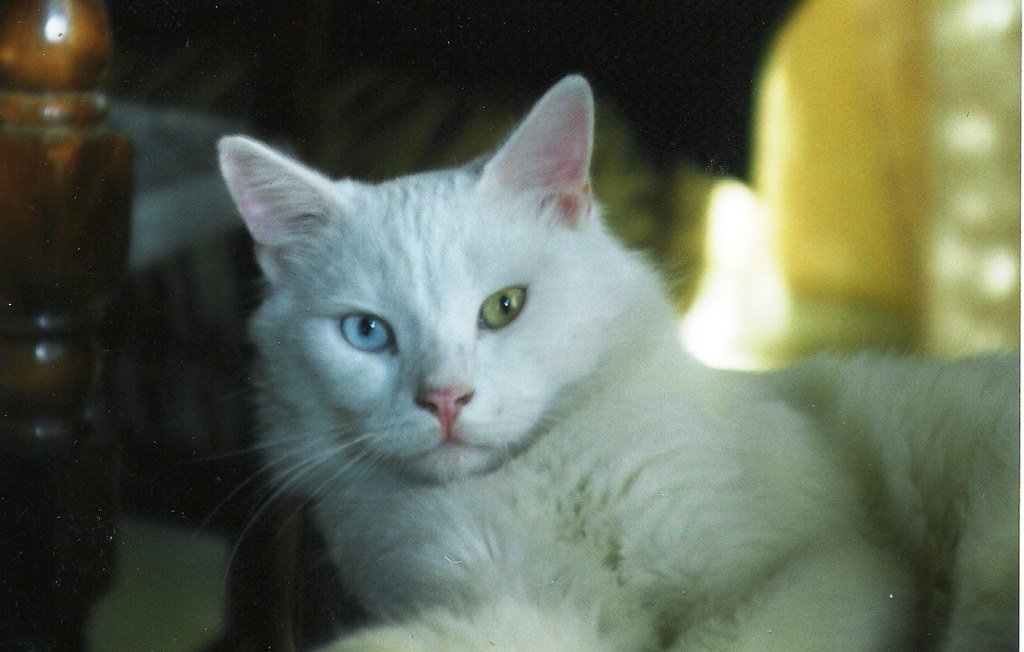
Cats possess highly developed sensory abilities that exceed those of humans. Their acute sense of smell, sharp hearing, and attentive sight help them navigate and interpret their environment more effectively. These heightened senses are not just pivotal for hunting prey but also for detecting changes in their human companions.
Smell: A Powerhouse in Detection
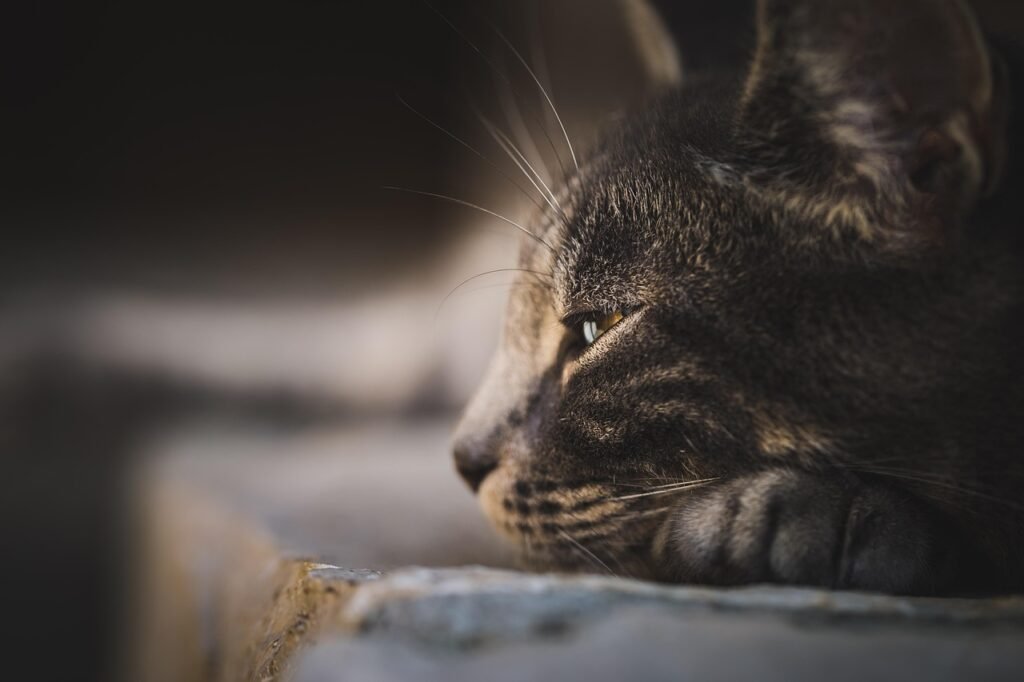
Cats have an extraordinary sense of smell, around 14 times stronger than that of humans. This is largely because they possess a higher number of scent receptors, allowing them to detect subtle changes in a person’s body chemistry. Illness can alter the odors emitted by the human body, and cats can pick up on these changes, providing an explanation as to why they sense when their owner is not well.
Observing Behavioral Changes

Beyond olfactory cues, cats are keen observers of human behavior and routines. They are swift to pick up on any deviations from their owner’s usual conduct. An owner’s altered activity level, mood changes, or visible signs of discomfort can prompt a cat to respond empathetically, often seeking to comfort their human companion.
Auditory Acuity: Picking Up Subtle Auditory Signals
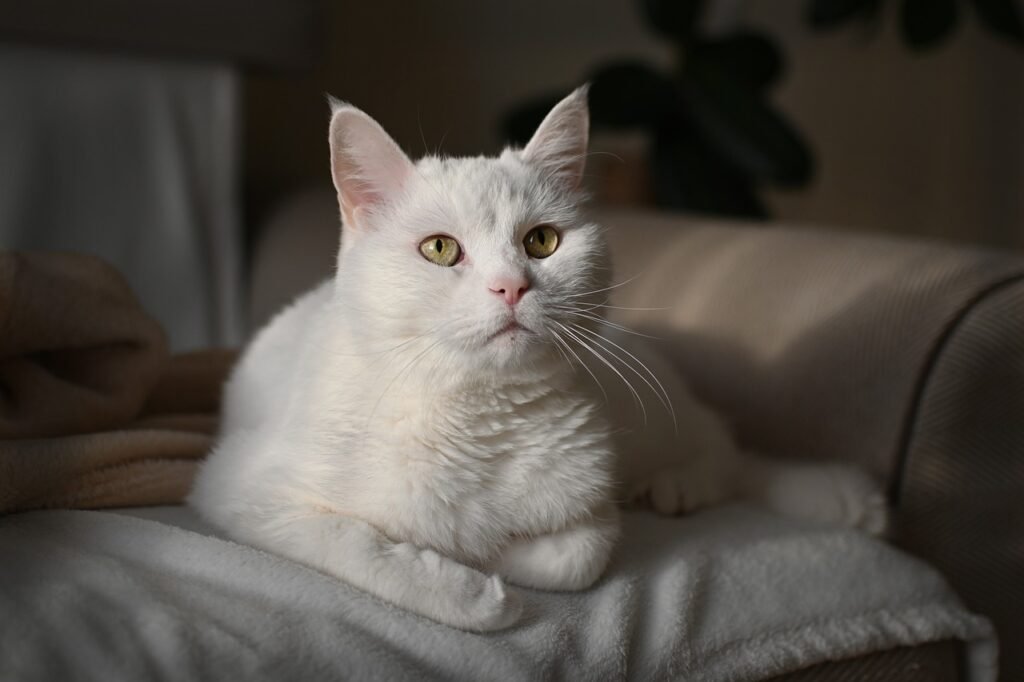
Cats also exhibit superior hearing abilities, capable of detecting even the faintest sounds. This sensitivity allows them to listen to minute internal changes in the human body, such as different breathing patterns or a change in the tone of voice, which might accompany illness.
Empathic Creatures: Responding to Human Emotions
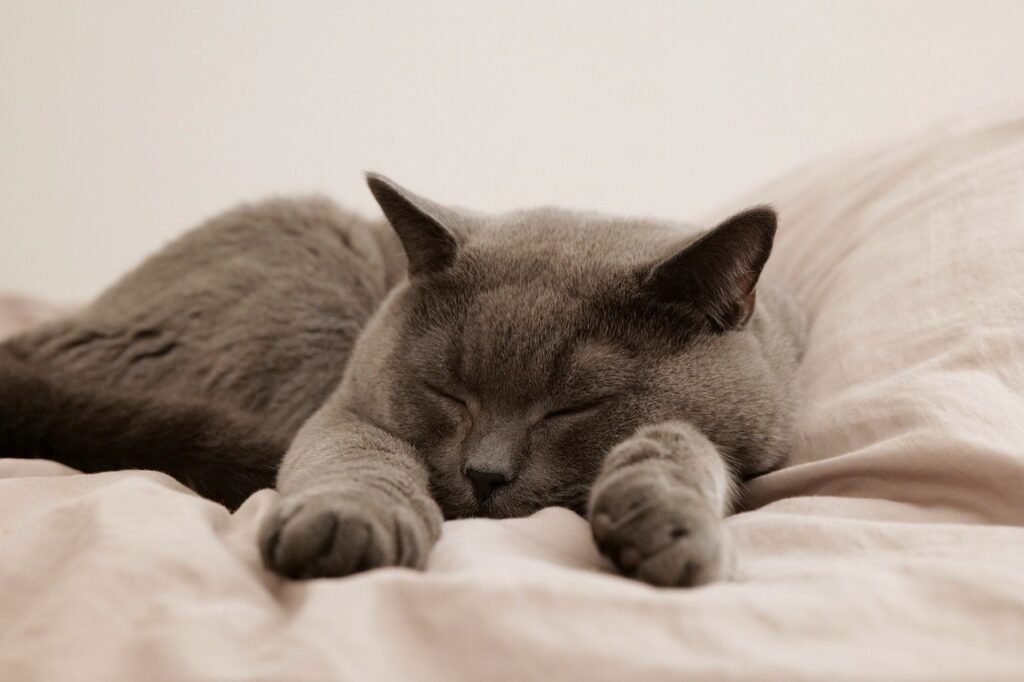
Though cats are often stereotyped as aloof, many cat owners assert that their pets are highly attuned to their emotions. Cats appear to offer comfort when they perceive sadness or stress, behaviors that often intensify when they sense their owner is unwell. This empathic response contributes to the notion that cats can detect illness.
The Role of Body Heat
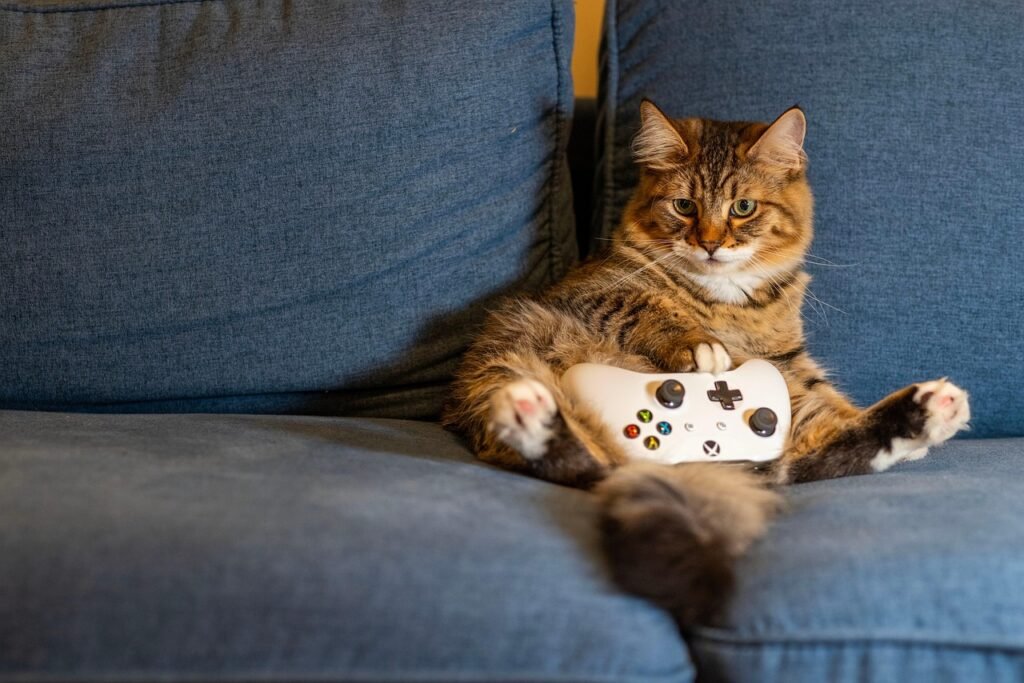
When a person is ill, their body temperature might fluctuate. Cats, being creatures that love warmth, might be attracted to their owner when they feel feverish or warmer than usual. While this behavior can be comforting, it also indicates that cats detect and respond to changes in body heat.
Anecdotal Evidence: Stories from Cat Owners
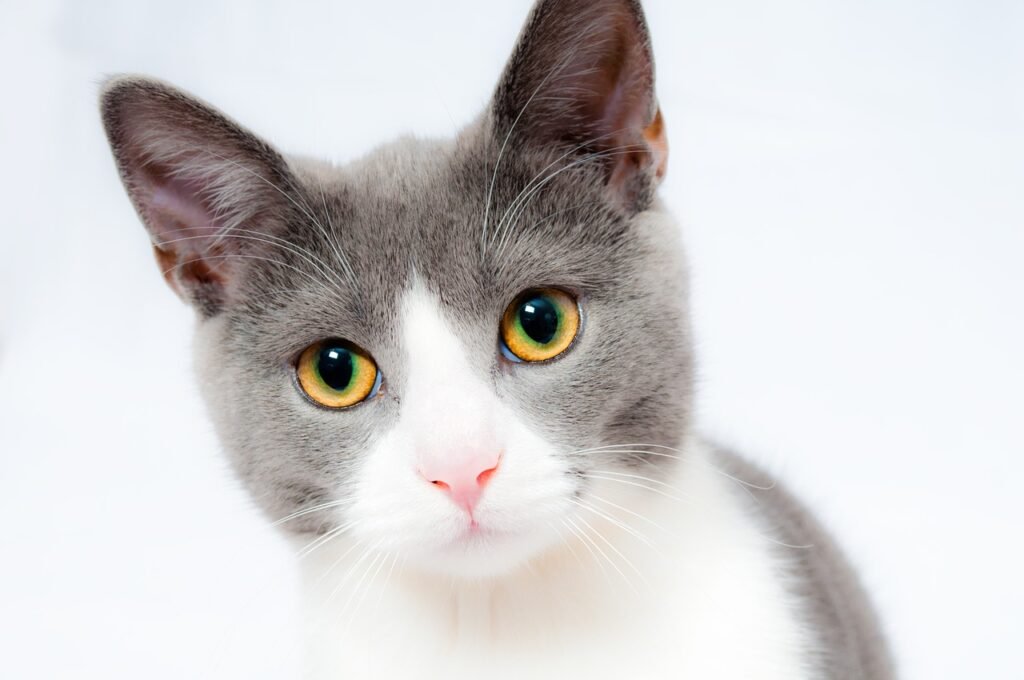
Numerous anecdotes from cat owners highlight instances where cats exhibit behaviors indicative of sensing illness. These stories often share themes such as their cat paying unusual attention to a specific area of the body, providing comfort during times of increased stress or illness, or becoming more affectionate toward the ailing person.
Scientific Investigations
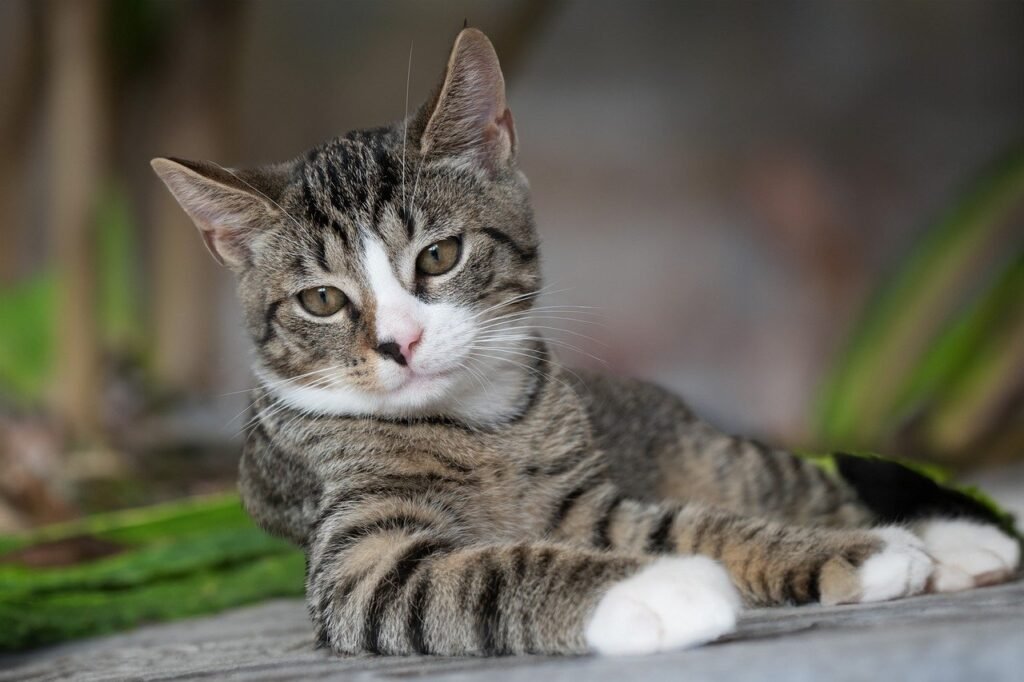
While anecdotal evidence abounds, scientific research on this topic is still emergent. Studies are beginning to explore the capabilities of domestic cats in accurately detecting illness, building on research in other animals, such as dogs, which have demonstrated abilities to sense medical conditions like seizures or certain cancers.
Cats in Therapy and Healthcare

The potential of cats to detect illness holds promise for their role in therapy and healthcare. As understanding grows, cats could be intentionally included as part of wellness strategies, providing emotional support and possibly even alerting to medical conditions.
The Strength of the Human-Animal Bond
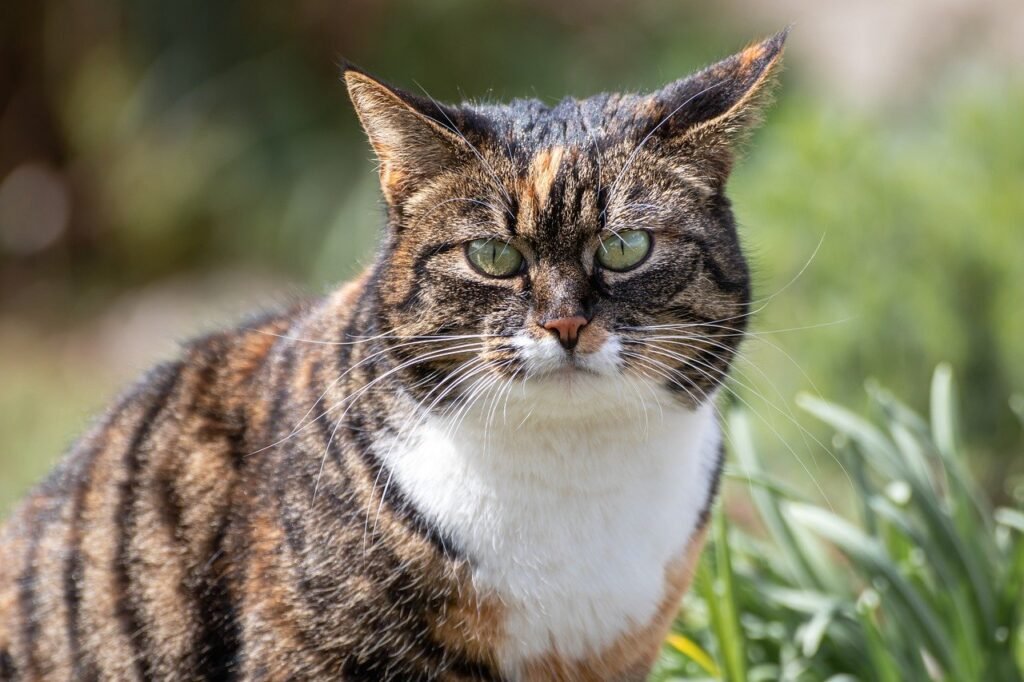
Ultimately, the notion that domestic cats can detect illness underscores the profound connection between humans and their feline companions. This bond is characterized by mutual affection and a shared emotional understanding, illustrating the unique relationship humans have with animals and the ways in which they can enrich our lives.
Conclusion: A Field Ripe for Exploration
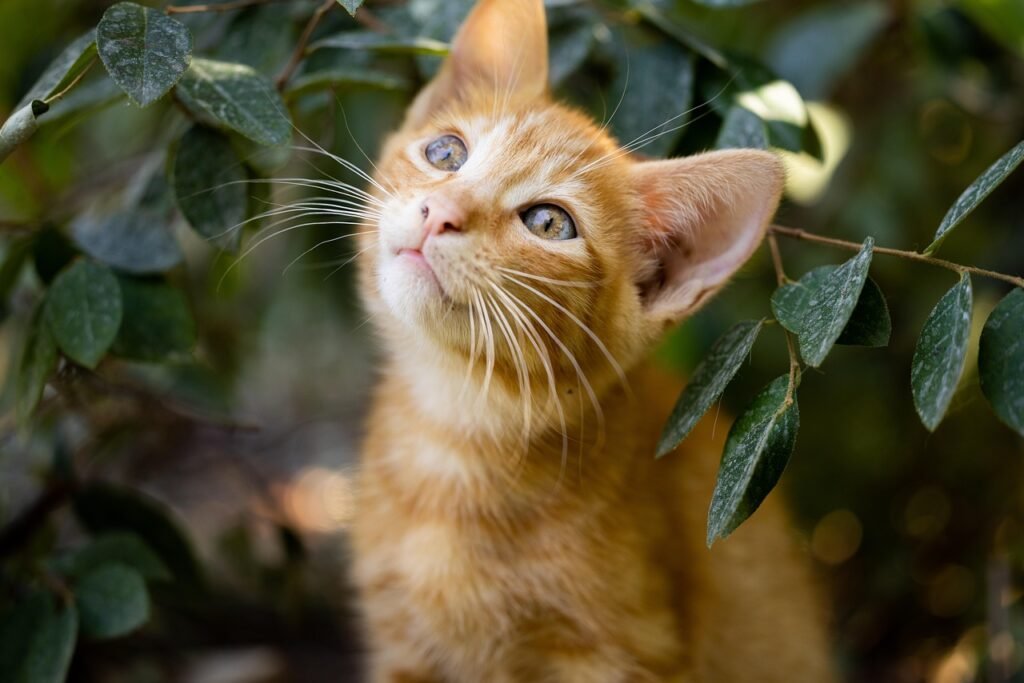
While scientific understanding of how cats detect illness is still evolving, the existing evidence points to a fascinating area of exploration. The unique bond between cats and humans provides fertile ground for future research, with the potential to unlock new insights into animal cognition, empathy, and the deep connections shared between species.
Hi, I’m Bola, a passionate writer and creative strategist with a knack for crafting compelling content that educates, inspires, and connects. Over the years, I’ve honed my skills across various writing fields, including content creation, copywriting, online course development, and video scriptwriting.
When I’m not at my desk, you’ll find me exploring new ideas, reading books, or brainstorming creative ways to solve challenges. I believe that words have the power to transform, and I’m here to help you leverage that power for success.
Thanks for stopping by, Keep coming to this website to checkout new articles form me. You’d always love it!






